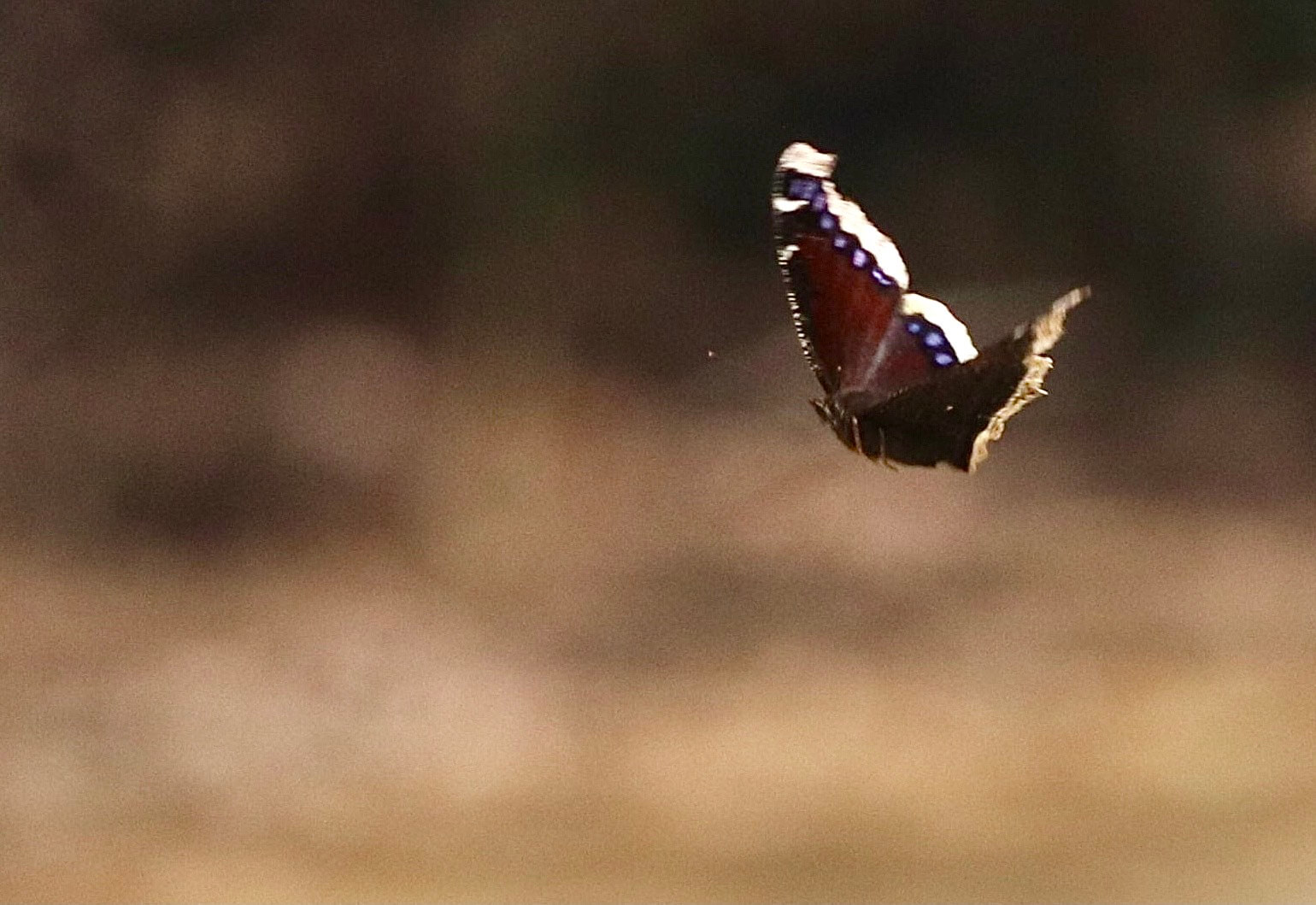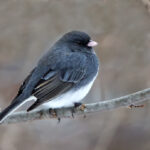Every single year, I am amazed at how early and quickly daffodils emerge. It’s as though they are already four inches high the first time you see them. They’ll soon be followed by crocus, primrose, and hyacinth stems bursting through the soil. Suddenly, signs of spring will be all around us. Here are a few of my personal favorites.

While most butterflies have either laid eggs and died, migrated to warmer climes, or overwintered as cocoons, the stunning Mourning Cloak tucks itself into a tree hollow and waits it out all winter. Look for them emerging in a sunny spot in the woods on one of the first warm days in late February and throughout March. They are not reliant on flowers and are therefore not significant pollinators. Instead, they prefer deciduous tree sap.
Although striking when their wings are open, with deep maroon wings, blue dots, and a yellow border on the outside edge, they are virtually invisible with their wings closed. Their ability to overwinter makes them one of the longest-living of all butterflies, at up to 10 months.

Laughing Gulls have spent the winter south of us, from Florida to coastal South America. The first-of-year sighting along the Delaware Bayshore usually occurs in mid-March or even earlier. Synonymous with summer at the Jersey shore, Laughing Gulls breed in the back bays of the barrier island and depart again before the cold temperatures return.
And finally, we welcome the return of our magnificent Ospreys. Southern New Jersey is home to one of the largest breeding populations of Ospreys in the world. When they return beginning in late March, they get right down to business, finding mates and building or re-building nests. A welcome sight, unless you’re a fish.
You will also notice our year-round bird species becoming more vocal as the weather turns. Belting out songs takes a lot of energy, so they’re much more reserved during the winter months. Chickadees, Titmice, Carolina Wrens and Northern Cardinals will soon be sounding off every morning, as the marshes fill with noisy flocks of blackbirds and grackles.
Here at New Jersey Audubon’s Cape May Bird Observatory, the winter months are busy with planning for new arrivals, both avian and human! With spring comes a much busier calendar of events, with daily bird walks and major events that celebrate spring migration. Of course, birding in South Jersey is a year-round activity. We hope you’ll join us!








